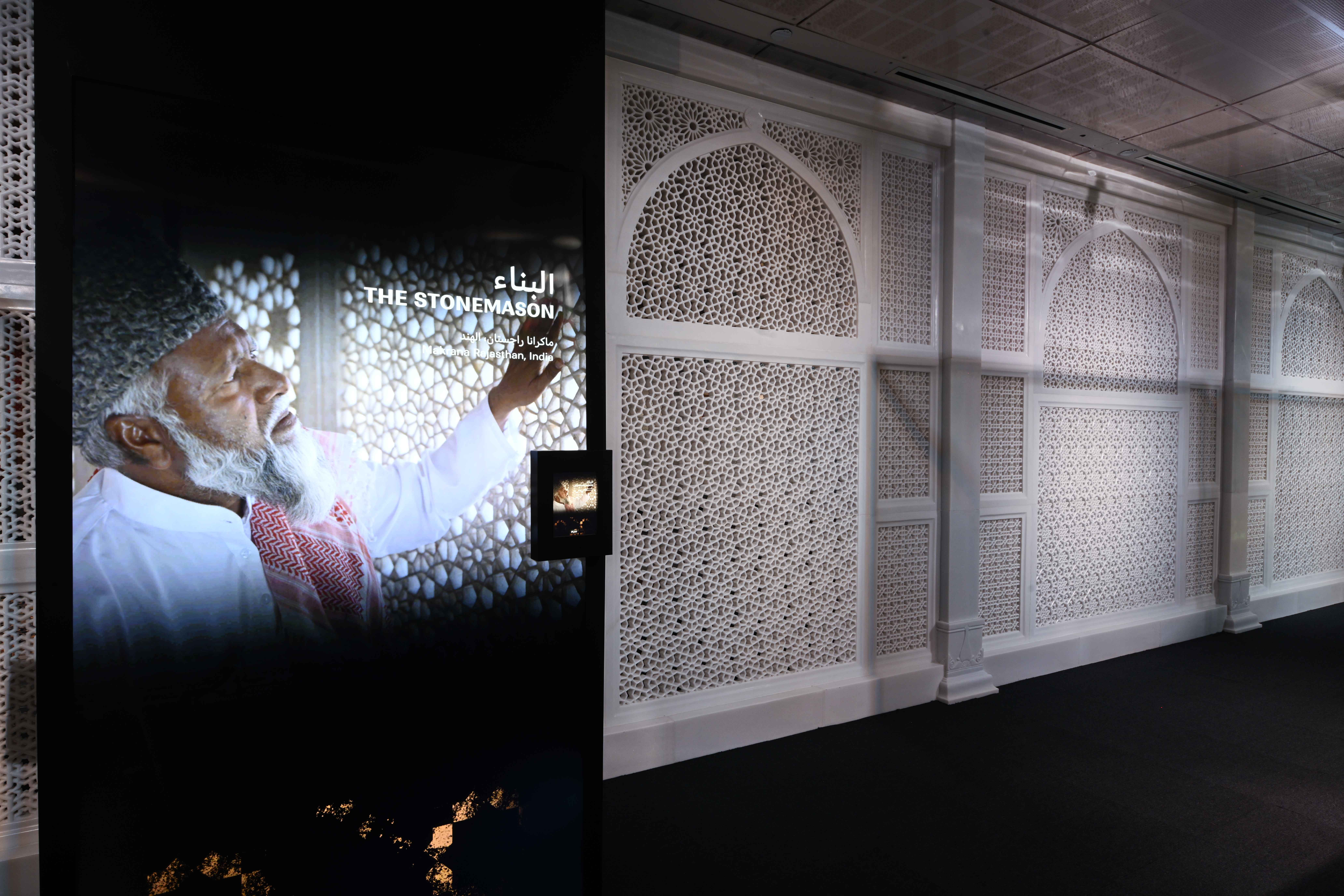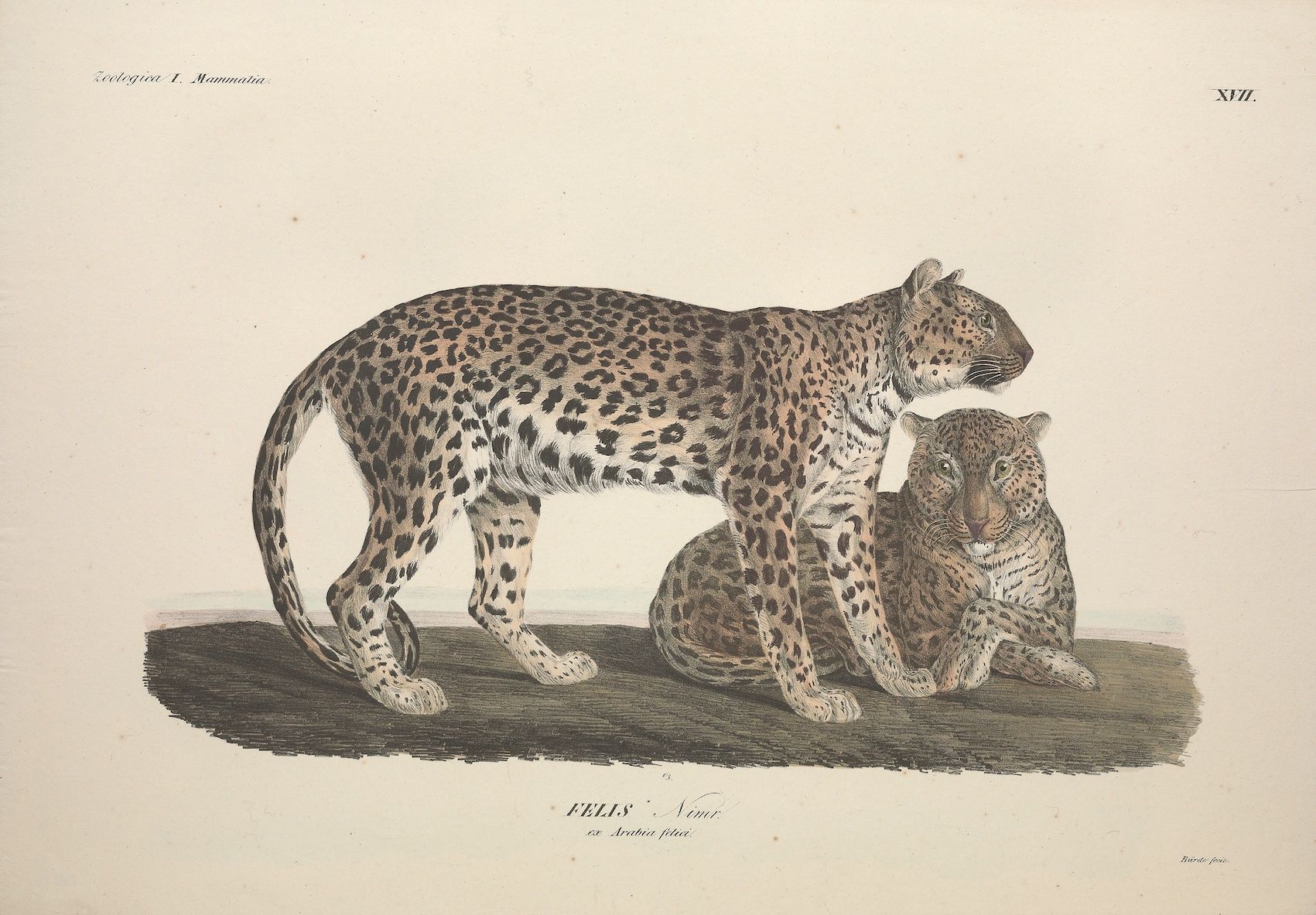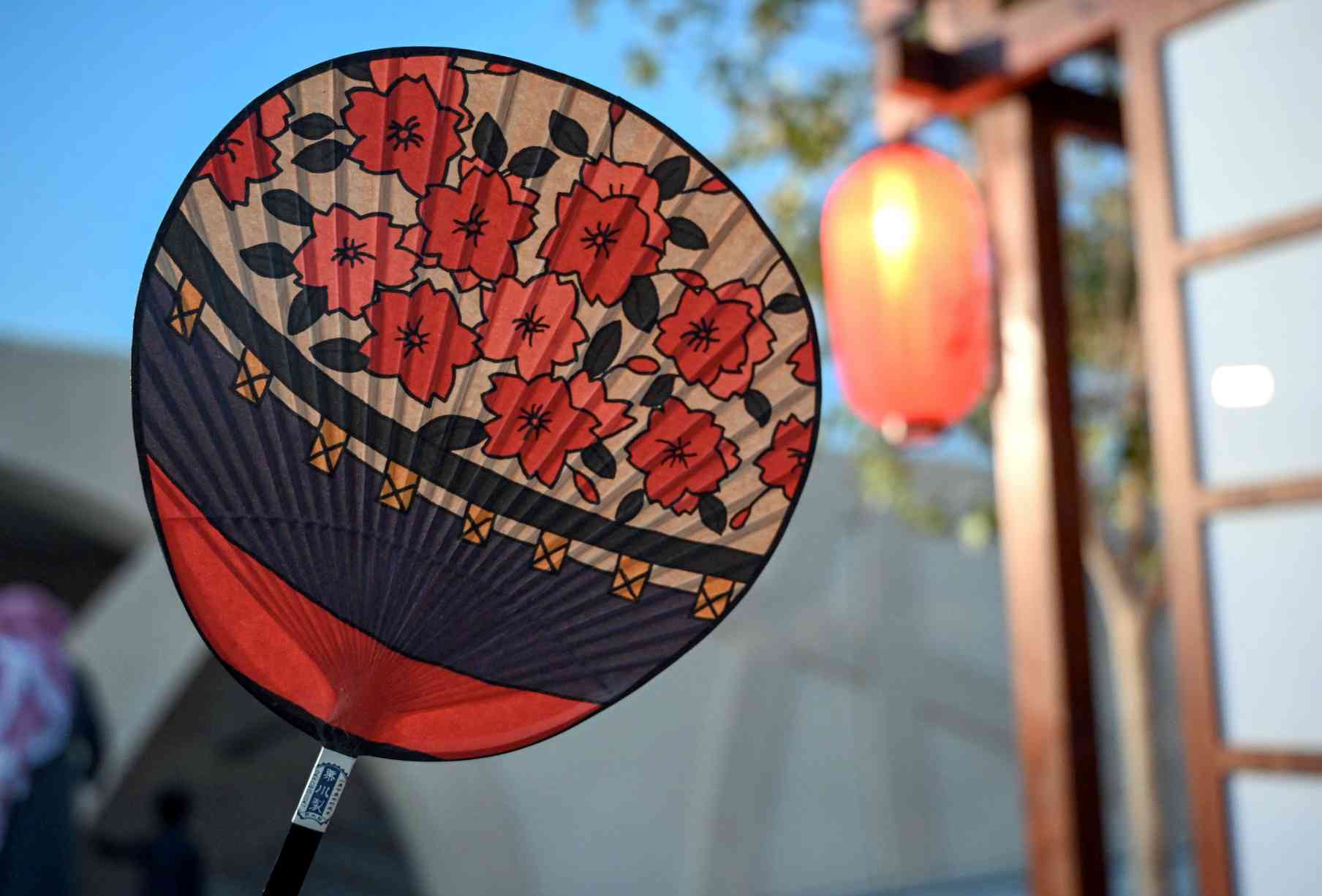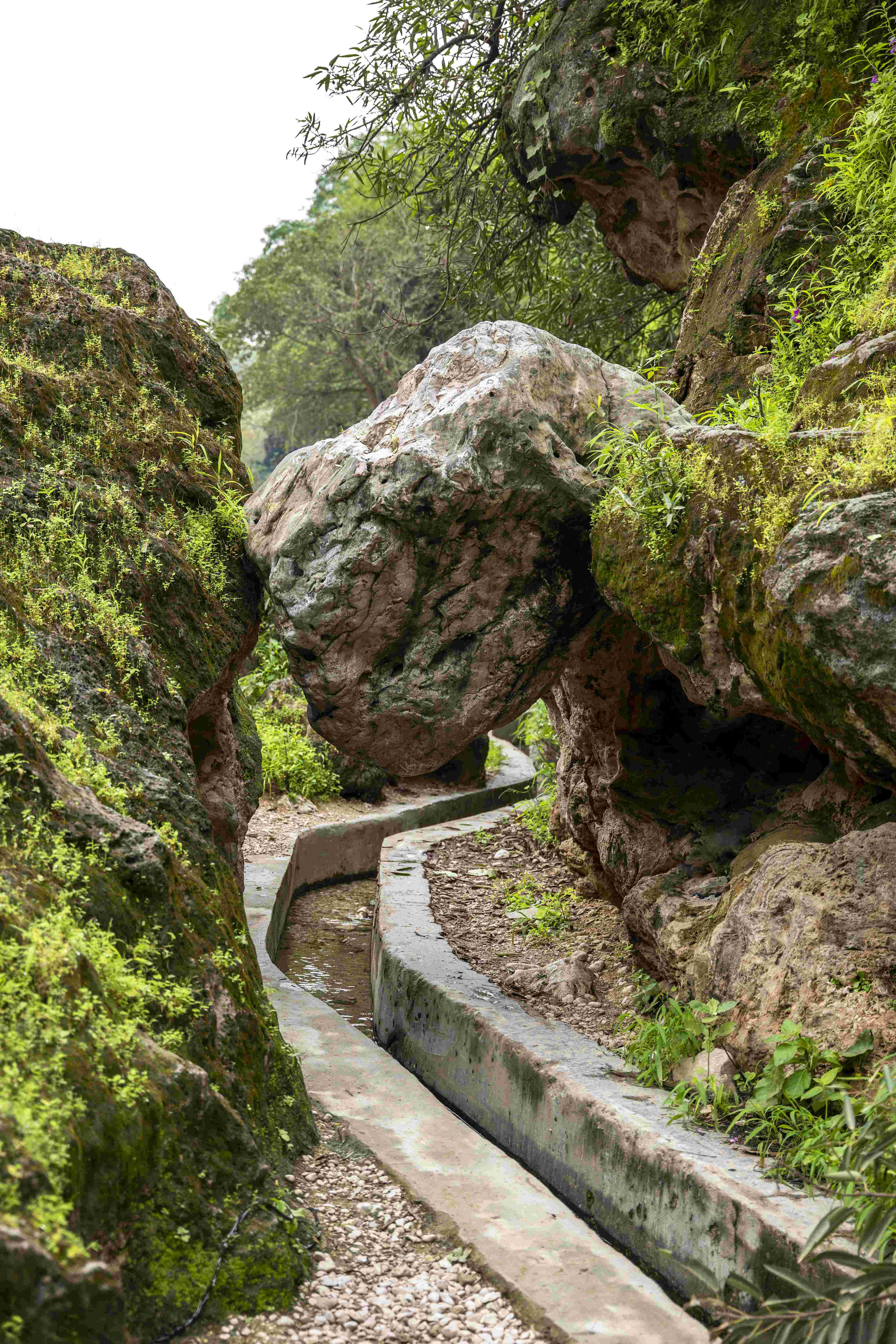The Majesty of Marble
Sculpture by Supervisor/Chief Sculptor Mr. Sadiq Bhatti, Assembler/Sculptor by Mr. Haider Ali, Polisher/Chief Sculptor by Mr. Shah Rukh Khan, and by Saray Design Company Makrana, Rajasthan, India. 2024 CE / 1445 AH
Hand-carved white marble. Height: 3 m, Length: 16 m. Ithra Museum 2024.0028
From deep within the earth and under immense heat and pressure, limestone undergoes crystallization to form the exquisite and durable marble that we covet for its beauty and strength. Throughout the centuries, humans have transformed this natural wonder into remarkable works of art, a testament to nature’s treasures and mankind’s ability to shape raw materials into both functional structures and artistic masterpieces.
Marble has been the cornerstone of human craftsmanship, from the ancient Greek and Roman statues to the masterpieces of the Renaissance. Architects, sculptors, and artisans have long relied on marble to create enduring works of art and architectural marvels, such as the grand columns of temples or Michelangelo’s iconic David.
In Islamic architecture, renowned for its unique designs, spiritual essence, and meticulous craftsmanship, marble held a prominent role not only for its beauty but also for its symbolism. It represented grandeur and purity. Mosques, for instance, often featured marble arches, columns, mihrabs, and wall claddings.
When considering Mughal architecture, which blended elements of Islamic, Persian, and Indian architectural styles, one cannot overlook the Taj Mahal. Built using red sandstone and white marble, it remains one of the world’s most celebrated monuments. Similarly, the Jama Masjid in Delhi, with its striking white marble, stands as another testament to this artistic tradition.
In 2025, Saudi’s Year of Handicrafts*, we highlight a remarkable work of art that showcases the expertise of sculptors in working with marble. These two massive jali-style lattice screens, hand-carved from pure white marble, were commissioned by the Mughal emperor Akbar and crafted by three of Makrana’s finest stone sculptors in Rajasthan, India.
Inspired by the religious complex of Khwaja Salim Chishti in Fatehpur Sikri (1580–81 CE / 988 AH), these intricate screens remain unparalleled in their scale and craftsmanship. According to Mughal art historian Abdul Karim Crites, "No structure of such magnitude or quality has been created since the 17th century."
This masterpiece, along with other handcrafted marvels, is on display at Ithra’s exhibition "In Praise of the Artisan". To visit the exhibition, click here.
Marble, in all its forms, leaves behind an enduring legacy of beauty that cannot be overlooked or forgotten.
*One way the Saudi Ministry of Culture celebrates distinctive Saudi culture is by connecting a cultural element to a year. 2025 is the Year of Handicrafts.

Sculpture by Supervisor/Chief Sculptor Mr. Sadiq Bhatti, Assembler/Sculptor by Mr. Haider Ali, Polisher/Chief Sculptor by Mr. Shah Rukh Khan, and by Saray Design Company
Makrana, Rajasthan, India. 2024 CE / 1445 AH
Hand-carved white marble
Height: 3 m, Length: 16 m
Ithra Museum 2024.0028


